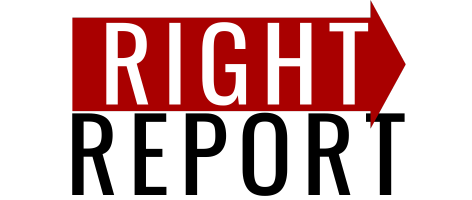It’s been a while since we’ve had an update on the D.C. midair collision last month, but on Friday, the National Transportation Safety Board (NTSB) held a news conference to share preliminary findings as it concludes the on-site phase of its investigation into the midair collision between a passenger jet and a U.S. Army Black Hawk helicopter near Washington, D.C., which claimed 67 lives.
NTSB Chairman Jennifer Homendy provided several key updates, outlining the flight paths of both aircraft as they moved along portions of the Potomac River on the night of January 29 before ultimately crashing near Ronald Reagan Washington National Airport.
Homendy revealed that the Black Hawk was conducting a combined annual instrument and night vision goggle training flight. At one point, the pilot and instructor pilot reported the helicopter at different altitudes but failed to address the discrepancy.
“This particular flight was a check ride for the pilot flying the Black Hawk. Generally, a check ride is a practical exam that a pilot must pass to be qualified to perform specific aircrew or mission duties,” she explained. “The Army does three types of check rides. Instrument, annual, and night vision goggles. This was a combined annual and night vision goggle check ride. We believe… the helicopter crew was likely wearing night vision goggles throughout the flight. Given the nature of the flight.”
According to Homendy, the crew was required to discuss removing their night vision goggles before doing so, yet the cockpit recorder captured no such conversation. This strongly suggests that the crew was still using the goggles at the time of the collision — confirming the widely held belief that this may have been a contributing factor to the crash. […]
— Read More: pjmedia.com
Don’t just survive — THRIVE! Prepper All-Naturals has freeze-dried steaks for long-term storage. Don’t wait for food shortages to get worse. Stock up today. Use promo code “jdr” at checkout for 35% off!


